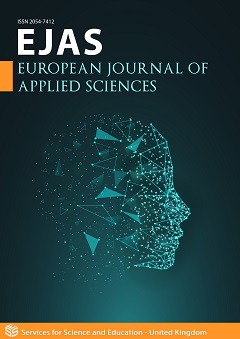The Crystalline Ether
DOI:
https://doi.org/10.14738/aivp.113.14846Keywords:
Crystalline Ether, Massive Deformable 3D-Lattice, Dislocation, Disclination, Electromagnetism, Relativity, Gravitation, Quantum Physics, Cosmology, Standard Model of Particles, Theory of EverythingAbstract
This paper summarizes how a new approach to the Universe based on the existence of a "crystalline ether", which has recently been detailed in the third versions of two books [1], makes it possible to find a simple, unified and coherent explanation of all the theories of modern physics and of the Universe. The basic concepts of this approach can be summarized as follows: (i) the support of the Universe is a form of "crystalline ether" which consists of a solid and inertial lattice, of face-centered cubic structure, with the simplest possible elasticity, and in which matter is represented by the set of topological singularities of this lattice (loops of dislocations, disinclinations and dispirations), and (ii) this lattice exclusively satisfies, in absolute space, the basic classical physical concepts that are Newton's law and the two principles of thermodynamics. With these basic classical concepts alone, we show that it is possible to find all the modern theories of physics, namely that the behaviors of this lattice (the Universe) and its topological singularities (the Matter) satisfy electromagnetism, special relativity, general relativity, gravitation, quantum physics, cosmology and even the standard model of elementary particles.
Downloads
Published
How to Cite
Issue
Section
License
Copyright (c) 2023 Gérard Gremaud

This work is licensed under a Creative Commons Attribution 4.0 International License.






